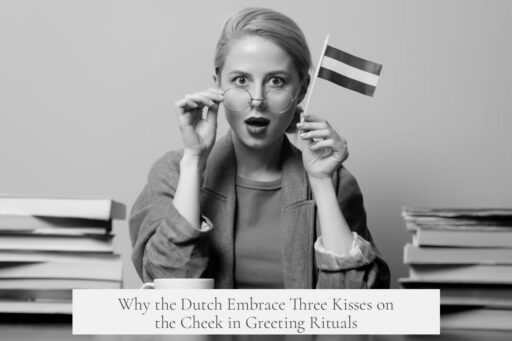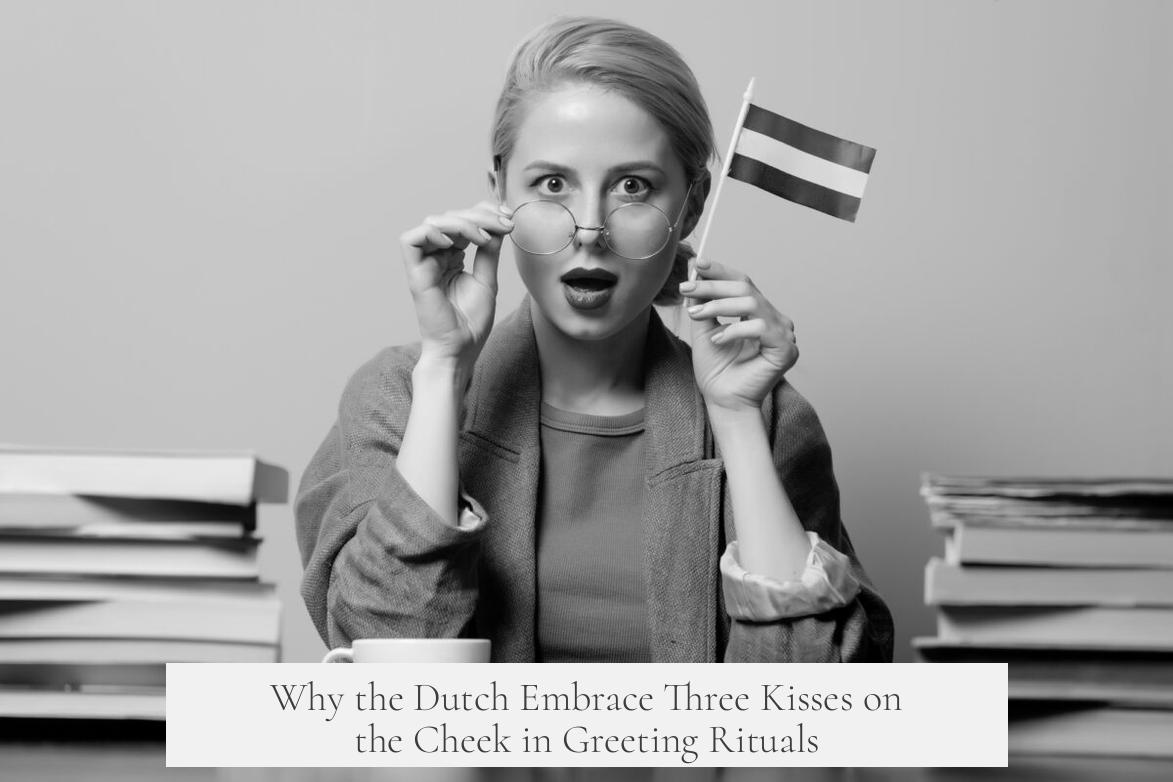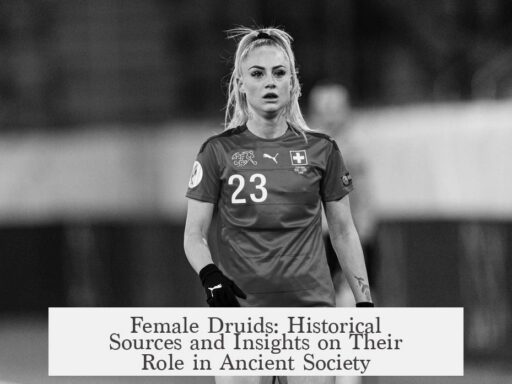The Dutch tradition of kissing three times on the cheek does not have a clear historical origin but has become a social norm mainly after 1980. Earlier, people in the Netherlands typically kissed once or twice, or just shook hands. The custom of three kisses has mainly grown in the northern regions over recent decades.
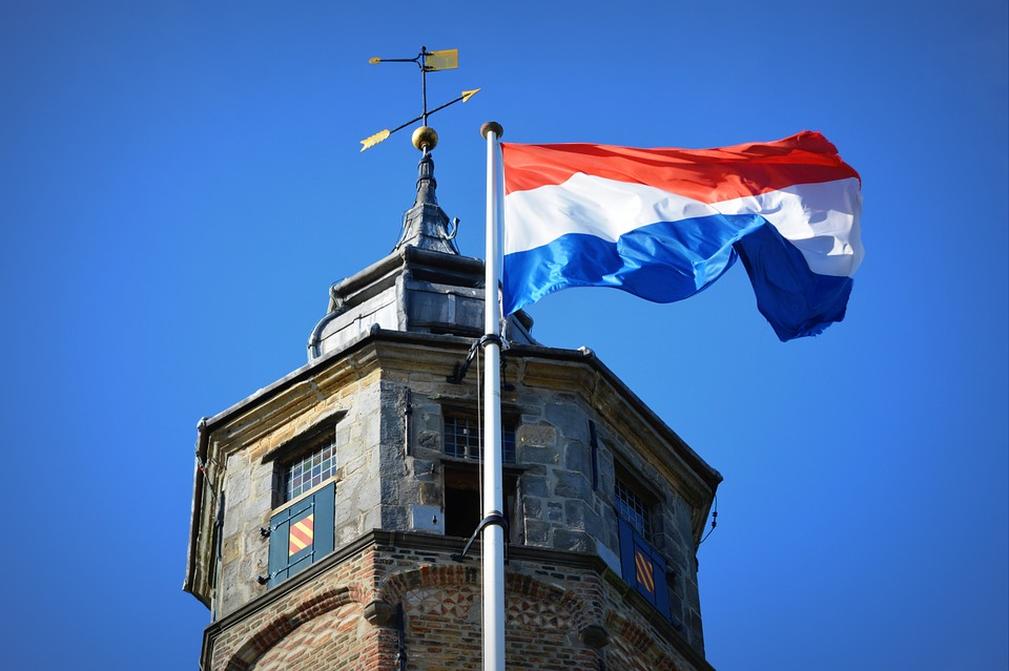
Several theories try to explain the practice. One suggests it originated in the French countryside, where kissing three times might have started and then expanded northward. Another theory points to the southern provinces of the Netherlands, such as Brabant and Limburg, which have a stronger Catholic presence and a reputation for being more socially expressive. There, three kisses act as a sign of enthusiasm and intimacy.
As social attitudes loosened in northern parts, the custom moved there too. Some observers attribute its spread to the influence of the Catholic representatives in the Van Agt government of the late 1970s. Others believe young people, such as high school students at Amsterdam’s Barlaeus College, helped popularize the three-kiss greeting.
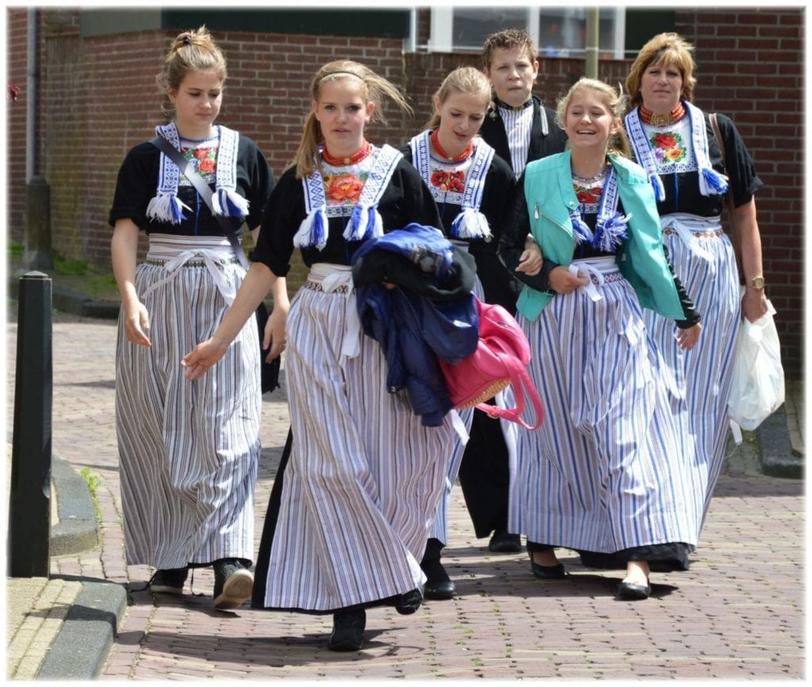
Despite these ideas, the exact origin remains uncertain. It is important to recognize that social norms evolve continually. What is common practice now may change over time, and this tradition may not persist indefinitely. Dutch cheek kissing reflects how cultural behaviors can shift within relatively short periods.
- The three-kiss tradition became widespread in the Netherlands after 1980.
- Possible roots include French rural customs and southern Dutch Catholic regions.
- Its spread northward links to social changes and Catholic influence in government.
- Young people may have played a key role in popularizing the habit.
- Origins are uncertain, and social norms around kissing can change.
Why Do the Dutch Kiss Three Times on the Cheek?
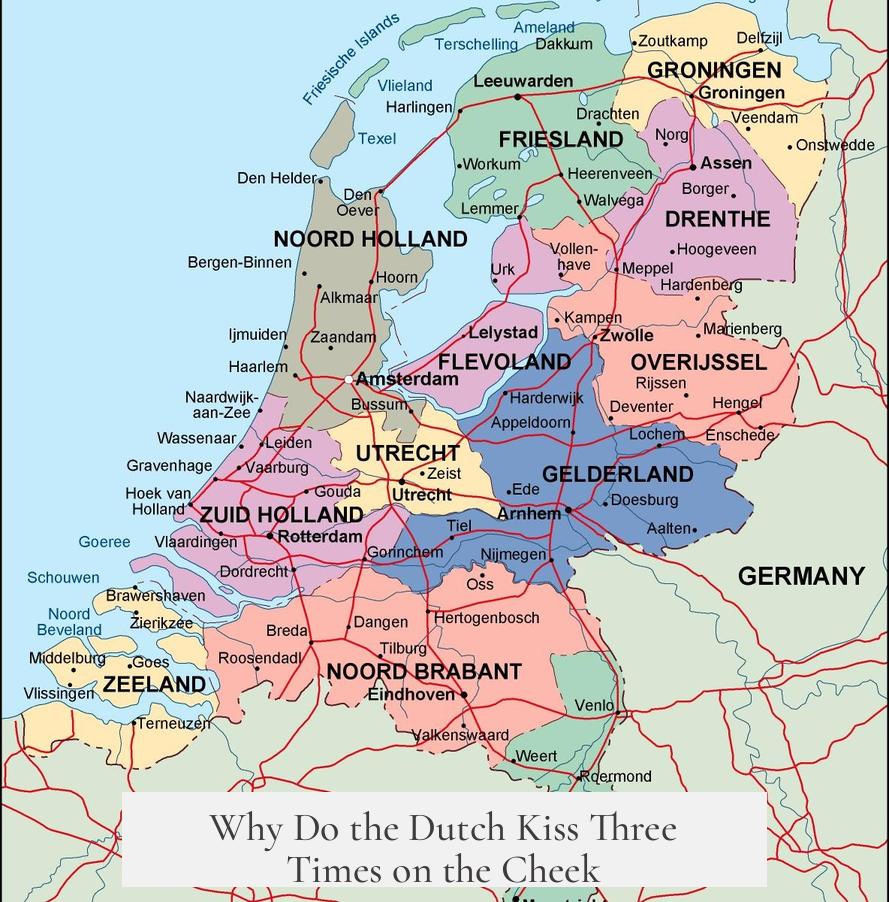
The Dutch kiss three times on the cheek as a social greeting, but there is no deep historical reason behind the ritual—it’s more of a modern social habit that became popular in the northern Netherlands only after the 1980s. Intrigued? Let’s unpack why this cheek-kissing trifecta became such a Dutch staple.
Imagine greeting someone and feeling the rhythm of a quick kiss, a second peck, then a third. That’s the standard Dutch way. But why three? And where did this seemingly quirky norm come from? Surprisingly, it’s not deeply rooted in history or tradition. The Dutch themselves don’t have a single, solid explanation for it.
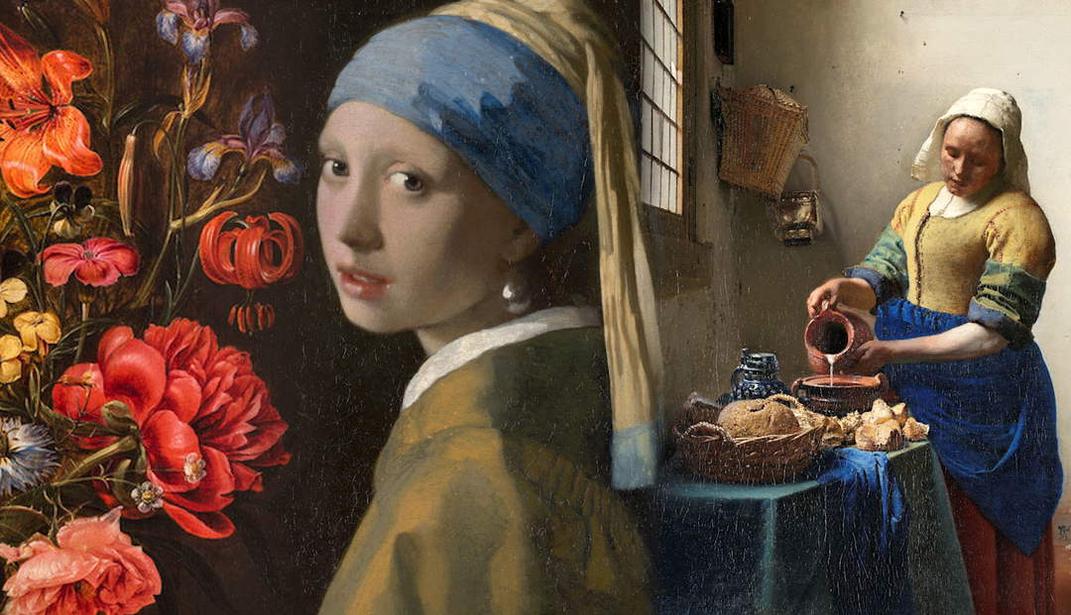
From One to Three: The Evolution of Dutch Kissing
Historically speaking, the Dutch were more reserved. Before the 1980s, they would often stick with one kiss or just a simple handshake. Some might even skip the kiss entirely. So when you see the Dutch go for three in a row today, it’s more of a new-ish cultural trend than a centuries-old ritual.
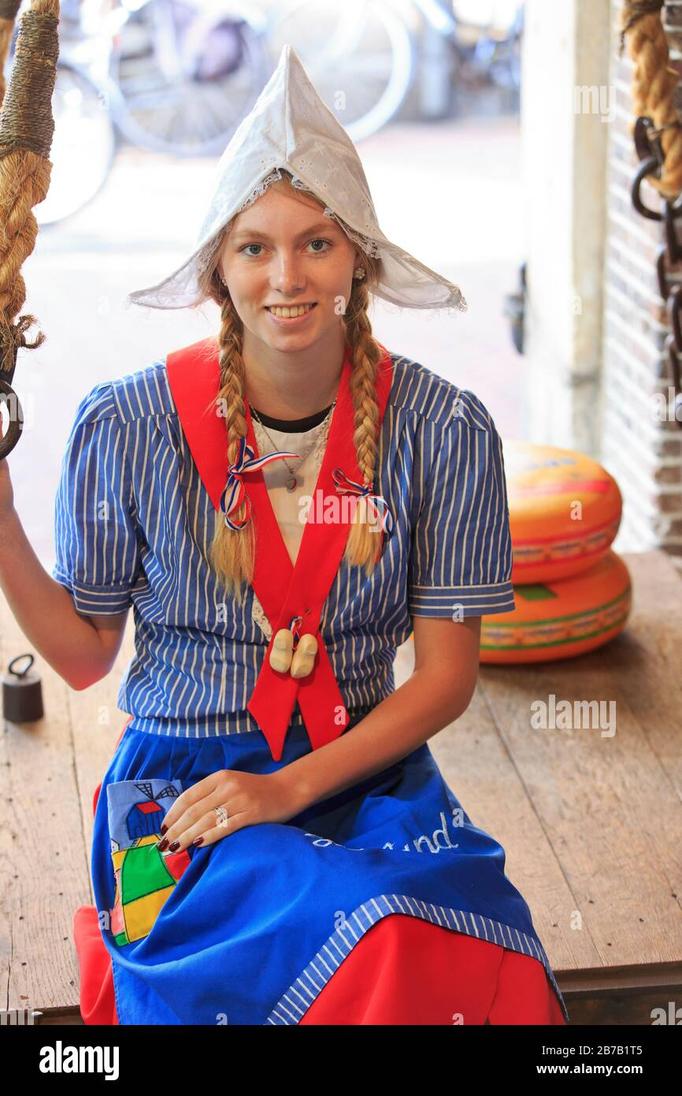
Think about it like fashion; at some point, the three-kiss greeting caught on, particularly in the North of the Netherlands, signaling a shift in social norms. Now it’s almost automatic.
Where Did It All Begin? Theories on the Three Kisses
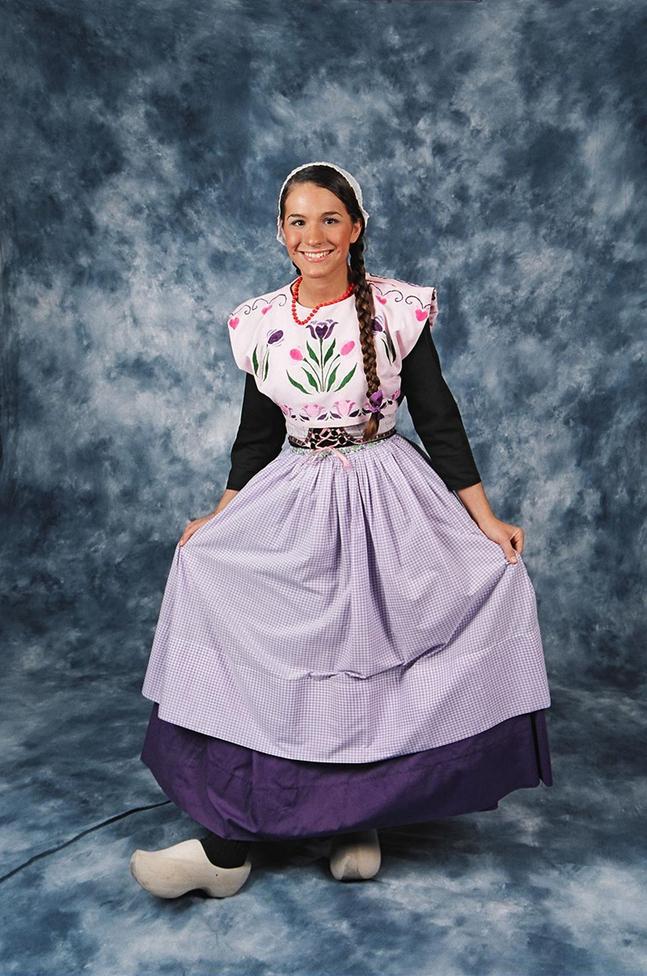
Try to nail down the exact origin of the three-kiss greeting, and you get a splash of theories.
- French Countryside Influence: One idea is that this kissing style waltzed in from the French “campagne” (countryside). As such customs trickled northward, the Dutch picked it up. Picture French farmers giving their friends and neighbors three kisses; the Dutch borrowed the flair.
- Catholic Culture in Southern Netherlands: A strong contender for the habit’s roots is the Catholic-influenced southern provinces like Brabant and Limburg. These areas boast more warm, outgoing people—definitely not the “stiff Northerners!” This cultural warmth likely translates into more enthusiastic greetings. In that context, three kisses symbolize heartfelt enthusiasm and social intimacy.
Here’s a fun twist: southern Dutch regions have long practiced such warm greetings. The North? They used to be more restrained, favoring fewer kisses or handshakes. So the three-kiss custom was a slow cultural migration, starting in the South and moving upward.
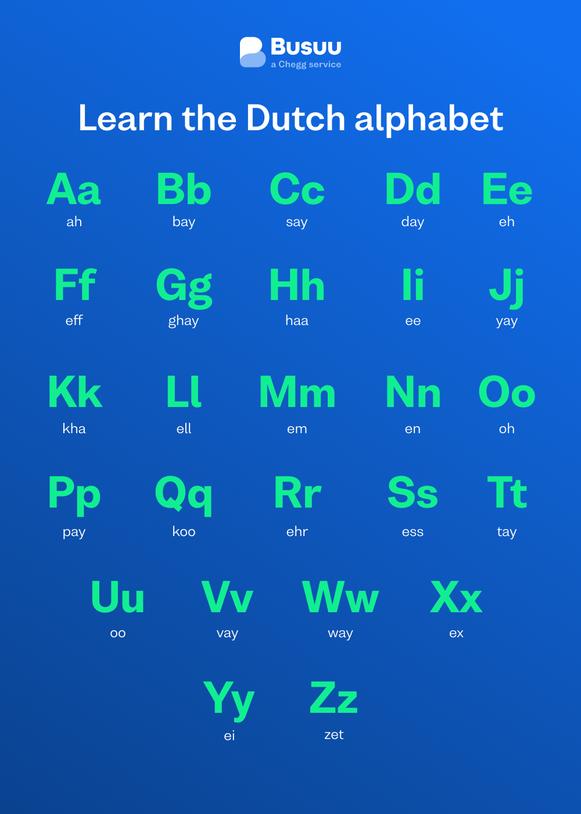
The Spread to the Northern Netherlands
Social norms shifted in the North during the late 20th century. The population started loosening up about physical greetings, perhaps influenced by broader European social changes. The three kisses then found a friendly audience among the once reserved Northerners.
It’s like a wave of sociability washed over the region, making three quick pecks a friendly norm.
What Sparked This Spread?
Well, experts look at a couple of social influences:
- The Van Agt Government: In the late 1970s, this Dutch government had strong Catholic representation. Some think this political backdrop subtly nudged Northern social habits to become more like the Catholic South, including greetings.
- Barlaeus College Students in Amsterdam: Believe it or not, the tech-savvy and trendsetting high school students at this elite school are blamed for popularizing the triple kiss in Amsterdam and surrounding areas. Youth culture often leads social change.
Neither explanation is ironclad, but both offer neat clues. Who knew politics and high schoolers had a hand in how people greet?
Is the Three-Kiss Ritual Here to Stay?
No social norm is carved in stone. The three kisses are normalized now, but history shows social habits ebb and flow. It could well be that 100 years from now, Dutch greetings might favor fewer kisses, or perhaps a verbal hello whips back into vogue.
What does this mean for Dutch culture? It illustrates how customs are human, flexible, and ever-changing rather than rigid or sacred.
What Can We Learn From the Dutch Cheek Kiss?
First, be ready to adapt your greetings in the Netherlands. If you visit or live there, expect three kisses, starting on the right cheek, alternating sides. It’s not creepy; it’s polite. Second, remember this is a sign of warmth and connection, a small cultural dance that says, “You’re welcome here.”
Finally, it’s a neat reminder that traditions often emerge from a mix of culture, geography, and social trends—not always a historic event or royal decree. The Dutch triple kiss is less about grand history and more about shared human connection.
In Practice: A Quick Guide to Dutch Greetings
- Start with your right cheek facing your friend.
- Give a gentle air-kiss (no actual smooch needed unless you know them well).
- Shift cheeks twice more—usually alternating sides.
- If unsure, follow their lead or offer your hand.
Whether greeting a neighbor in Amsterdam or a cousin in Limburg, this custom warmly reconnects people.
Wrapping It Up
The Dutch triple kiss is a relatively new social style without deep historical roots. It spread from the South to North through loosening social norms, possible influences of Catholic culture, politics, youth trends, and good old social warmth. It’s a charming example of how social rituals evolve, adapt, and bond people.
Next time you find yourself in the Netherlands, lean in for the three kisses. Who knew such a simple act could reveal layers of culture, history, and social change?
